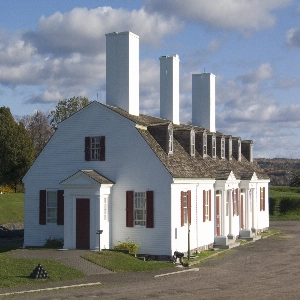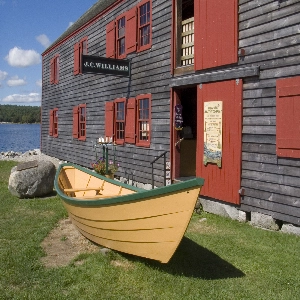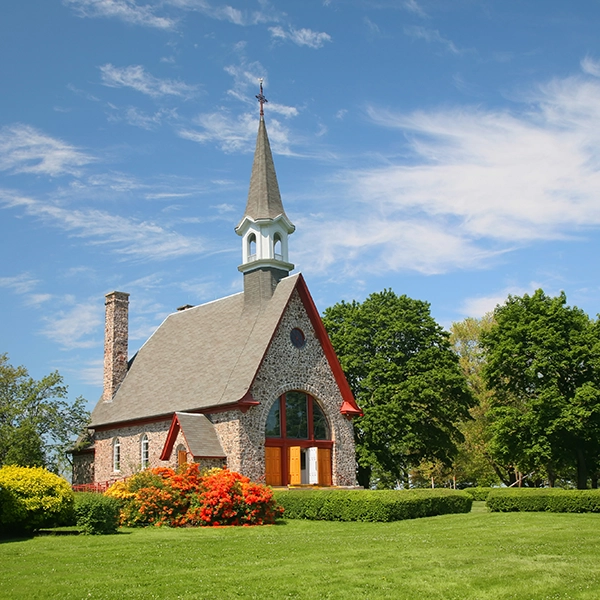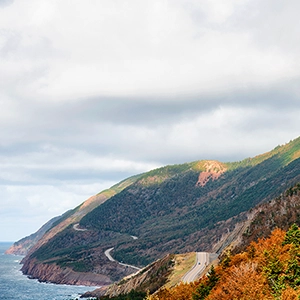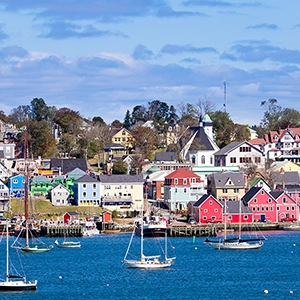Enjoy The Captivating Elegance Of Halifax Public Gardens
Introduction
Located in the heart of downtown Halifax, Nova Scotia, the Halifax Public Gardens is a cherished green oasis in the city's bustling core. Established in 1867, the Public Gardens is a perfect fusion of Victorian era horticulture and modern urban sanctuary. Boasting a stunning variety of trees, flowers, shrubs, sculptures, fountains, and pathways, the 16-acre park has something for everyone. Whether you're a local seeking a quiet moment of solace or a visitor exploring the city's sights, the Halifax Public Gardens is a must-see destination.
History
The origins of the Halifax Public Gardens date back to the formation of the Horticultural Society of Nova Scotia in 1836. Initially, the society created a small public garden on Horticultural Hall on the corner of Spring Garden Road and Barrington Street. However, as demand for a larger public greenspace increased, the Public Gardens was moved to its present location in 1867- coinciding with the Canadian Confederation.
The Gardens expanded over time, with notable landscape architects such as Richard Power and George Lindsay incorporating new elements and designs. Power's contributions included an octagonal bandstand, ornamental fountains, and elegant cast iron fencing- all adding to the Gardens' picturesque charm. In 1874, the neighboring Camp Hill Cemetery donated four acres of land, increasing the overall size and allowing further expansions. The Public Gardens was designated as a National Historic Site of Canada in 1984, ensuring its preservation for generations to come.
Horticultural Highlights
The Halifax Public Gardens showcases an impressive diversity of flora, providing a colorful spectacle throughout the spring, summer, and autumn months. The Gardens is home to over 140 species of trees, ranging from native species such as sugar maple and black spruce to exotic imports like the European beech and Japanese pagoda tree. The manicured flower beds, featuring an array of annuals and perennials, provide vibrant splashes of color and pleasant perfumes for visitors to enjoy.
The Victorian influence is evident in the Gardens' penchant for floral carpet beds and intricate horticultural designs. These elaborate arrangements, inspired by patterns found in ornate rugs and tapestries, are created using low-growing and colorful plants. The Dahlia Dell, one of the garden's most popular features, contains dozens of heirloom dahlia varieties that delight visitors with their vivid hues and fascinating shapes.
Architectural and Sculptural Elements
Complementing the Gardens' lush vegetation are several key architectural and sculptural features that contribute to its allure. The entrance gates, adorned with cast-iron griffins, welcome visitors into the park and set the tone for the enchanting journey ahead. The wrought iron Victoria Diamond Jubilee Fountain, located at the Gardens' center, serves as a focal point and popular gathering spot for visitors.
One of the most iconic features of the Halifax Public Gardens is the Boer War Memorial Fountain. Dedicated in 1903, the fountain commemorates the lives of the Nova Scotian soldiers who perished in the South African conflict. The Griffins Fountain, installed in 1901, is another captivating water feature, with its glistening stream cascading from a concrete pedestal.
The Young Men's Christian Association Cenotaph, a column adorned with lions and topped with a marble ball, honors the memory of those who lost their lives in the First and Second World Wars. The Charles Dickens Statue, installed in 2011, pays homage to the literary icon and his fondness for Halifax. A bevy of bronze plaques throughout the Gardens, depicting various botanical species or commemorating notable events, add both historical significance and artistic appeal to the park.
Pleasures and Activities
The Halifax Public Gardens is not just a place to admire; it also offers a variety of leisurely pursuits for visitors to partake in. The intricate network of gravel pathways, meandering through the park's beautiful landscapes, provides a serene setting for a leisurely stroll, jog, or photography session. The inviting benches, situated throughout the Gardens, offer comfortable spots to relax, read, or simply soak in the surrounding beauty.
Visitors can enjoy free, live music performances during the summer months at the Gardens’ historic bandstand. A favorite for both tourists and locals alike, these concerts showcase a wide array of musical styles, from classical to contemporary. The playground, located in the park's northwest corner, keeps younger visitors entertained with its swings, climbers, and slides.
Uncommon Grounds Cafe and Gift Shop
After a morning or afternoon spent exploring the Halifax Public Gardens, visitors can grab a refreshing beverage or snack at the charming Uncommon Grounds Cafe, a restored 19th-century building nestled within the park. Serving up fresh-brewed coffee, tea, and a variety of baked goods, the cafe ensures visitors are revived and re-energized for the rest of their day. The adjacent gift shop offers a range of unique and locally made souvenirs- including postcards, books, and ornaments- perfect for remembering your visit to the Halifax Public Gardens.
Conclusion
The Halifax Public Gardens is a gem in the city's downtown core, a lush haven where visitors can escape the fast pace of urban life and reconnect with nature. Its rich history, remarkable horticulture, and notable landmarks provide a unique and unforgettable experience for all who visit. As one of Halifax's top attractions, the Public Gardens is a destination not to be missed.

